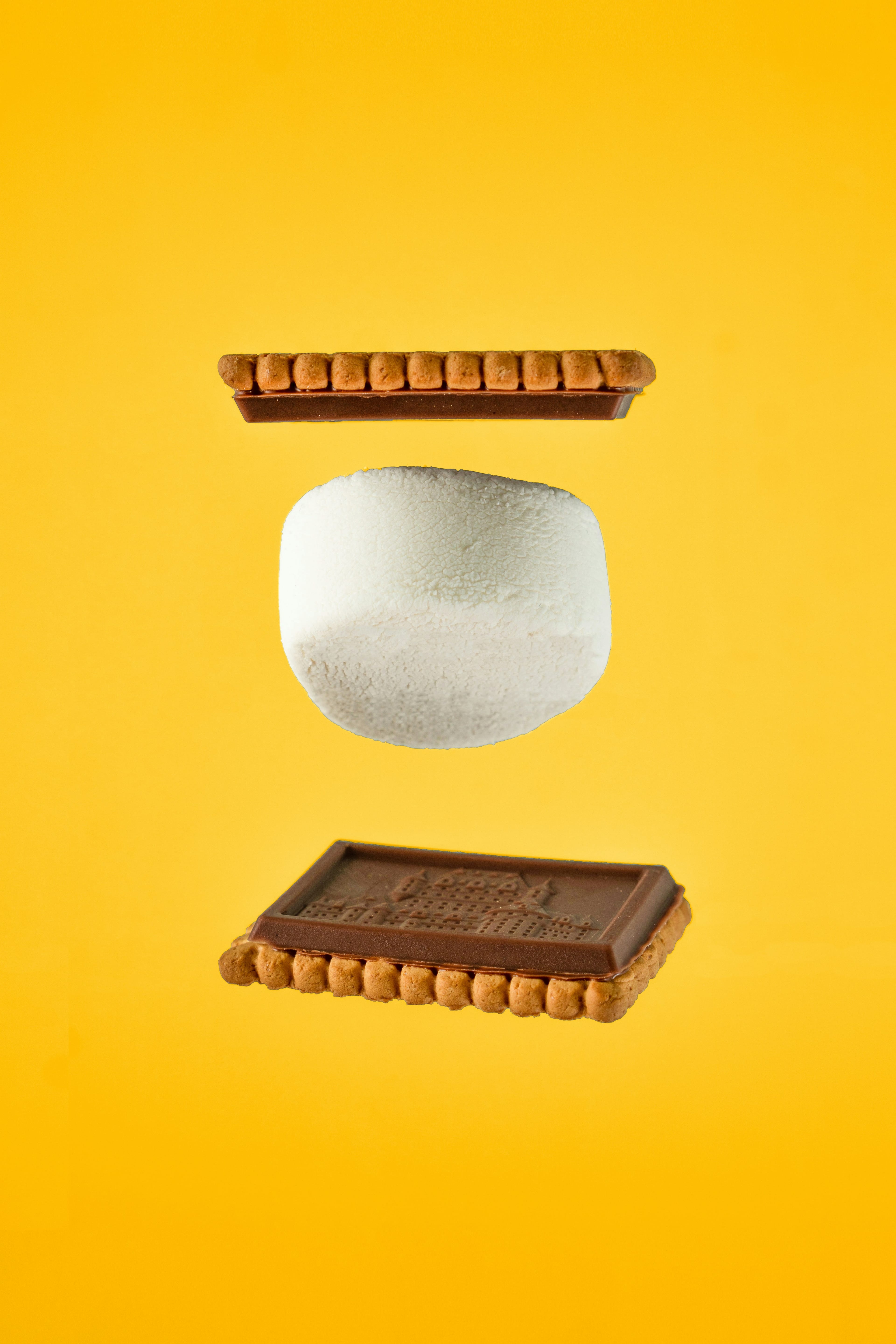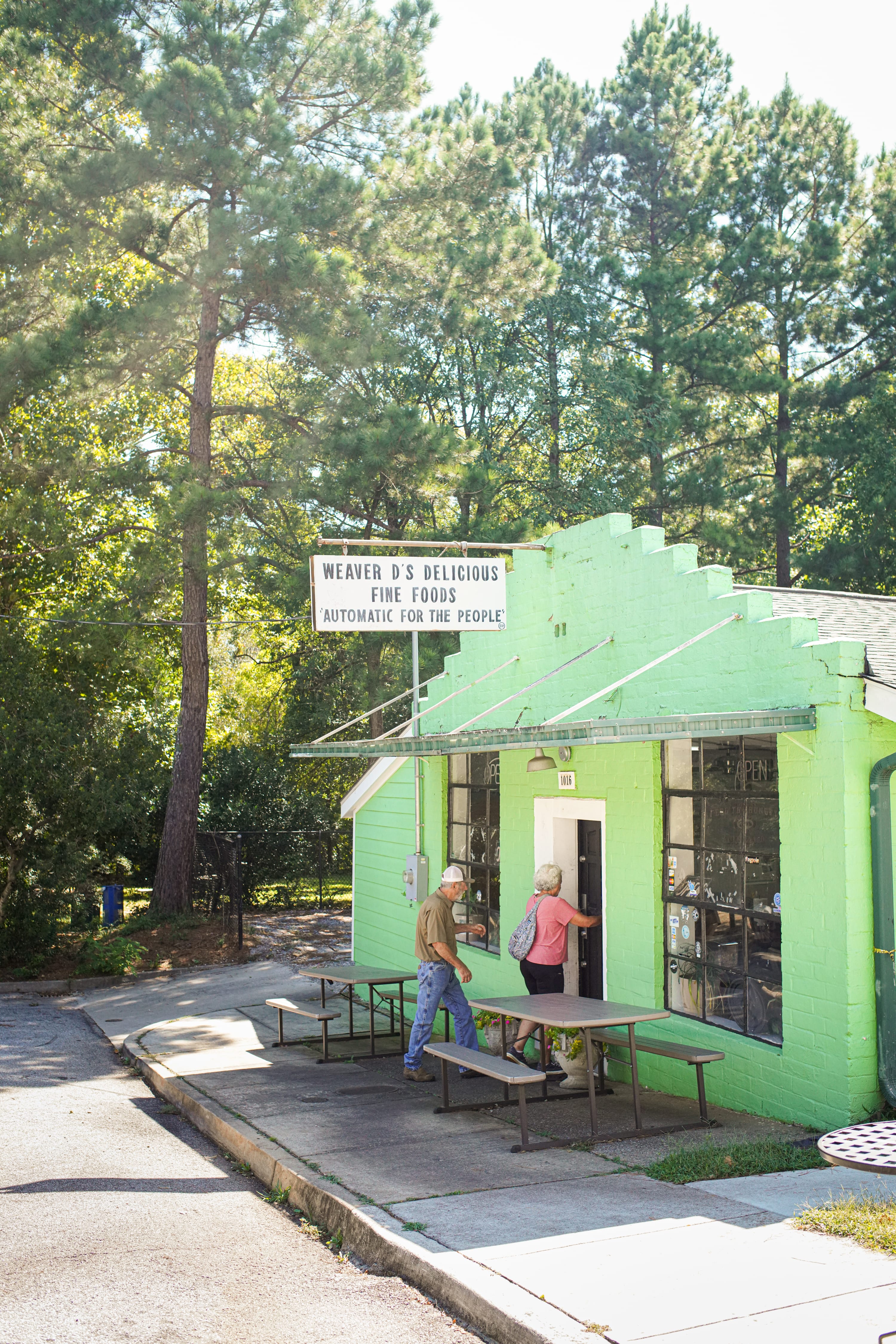
Regis-Hari Bouchard
Consider the layers of a s’more. The spongy pillow of marshmallow, a hunk of chocolate, a graham cracker with hints of molasses—all perfect creations on their own. But the old Aristotle adage about the “whole being greater than sum of its parts” might as well have been made for this treat. When these elements feel the kiss of fire and come together in a squoosh, the layers meld into a work of campsite art.
S’mores belong in the canon of outdoor foods in part because they feel interactive. The making of these crumbly, sticky situations is essentially communal. What beats making one for a fellow camper? Toasting the marshmallow to just the right shade, assembling and handing to a friend? Yes, chef.
Tradition says we have the Boy Scouts to thank for this alchemy of ingredients. A tip for roasting marshmallows appeared in a section called “Camp-fire Stunts” in the first Scout handbook, The Official Handbook for Boys, in 1911.
Then along came the Girl Scouts, with the ingenuity to elevate the treat even further. The first known recipe for s’mores appeared as “Some More” in Tramping and Trailing with the Girl Scouts in 1927. A chapter called "The Larder" includes recipes such as Sassafras Tea, Fish Chowder and Biscuits with Some More as the sweet finish.
“Some More” Recipie
8 sticks
16 graham crackers
8 bars plain chocolate (any of the good plain brands broken in two)
16 marshmallows
Toast two marshmallows over the coals to a crisp gooey state and then put them inside a graham cracker and chocolate bar sandwich. The heat of the marshmallow between the halves of chocolate bar[s] will melt the chocolate a bit. Though it tastes like “some more” one is really enough.
Key Moments That Led to the S’More
2000 B.C.E. Egyptians harvest sap from the marshland mallow plant (Athaea officinalis) and combine with honey and nuts (an early version of marshmallow). Serve to pharaohs as medicinal treatment for coughs and other ailments.
1500 B.C.E. The Olmec people make use of the cacao plant for ceremonial drink and pass cacao knowledge to the Mayans. The Aztecs revere cacao as from the gods.
Late 1500s Chocolate arrives in Spain. Though its path is debated, some theories suggest it came by way of Hernan Cortes who learned of it from the Aztecs.
1641 Chocolate arrives in Florida via Spanish ships.
Early 1800s Sylvester Graham, a vegetarian Presbyterian minister in Connecticut who believed in a connection between diet and moral purity, combines coarse wheat, bran and molasses to make an early version of the graham cracker. Over time, bakers add cinnamon and honey.
1847 British chocolatier J.S. Fry and Sons devises first chocolate bar.
Mid-1800s French candy makers mix mallow sap with egg whites and sugar to make a sweet lozenge version of the marshmallow. The sap is eventually replaced with gelatin to keep up with production and demand.
1895 The Rochester Marshmallow Company launches first commercially produced marshmallow in America.
1898 National Biscuit Company (known now as Nabisco) launches first commercially produced graham cracker.
1900 The Hershey Chocolate Company sells its first chocolate bar.
1927 First “Some More” recipe appears in Tramping and Trailing with the Girl Scouts.




